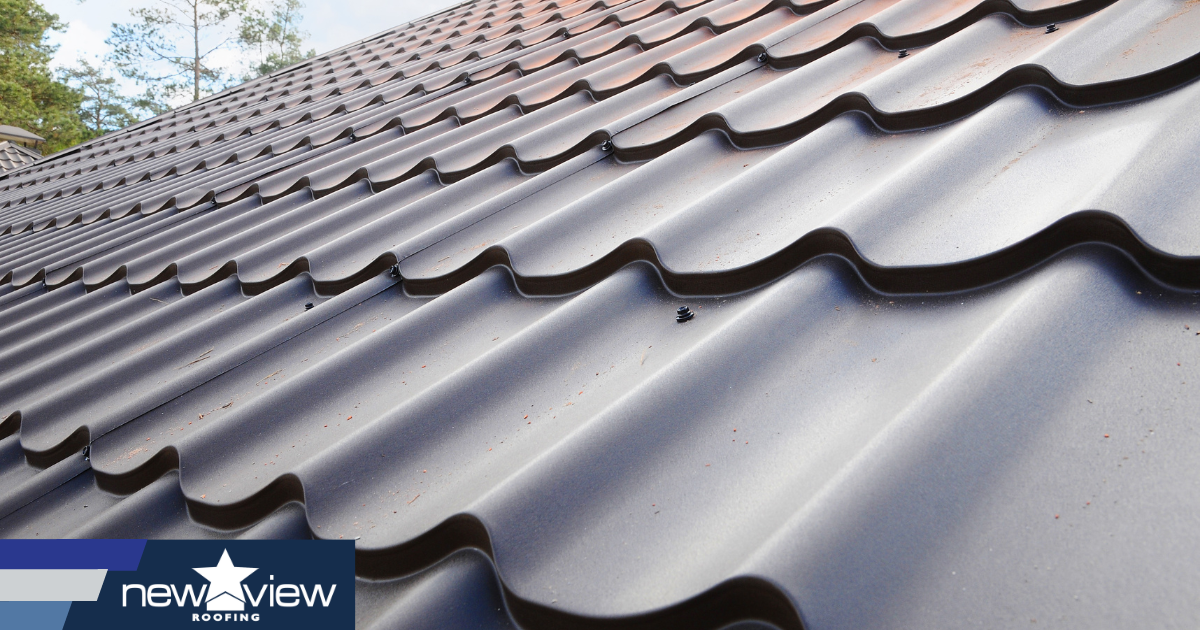The Importance of Choosing Skilled Roofing Companies Gainesville Florida
The Importance of Choosing Skilled Roofing Companies Gainesville Florida
Blog Article
Ideal Practices for Ensuring Appropriate Roofing Air Flow
A well balanced consumption and exhaust air vent ratio, commonly 1:300, plays a pivotal duty, with consumption vents ideally put at the reduced edge of the roofing system for amazing air entrance and exhaust vents at the peak for cozy air exit. Maintaining insulation away from vents is critical to protect against air flow limitation.
Understand Air Flow Essentials
Appropriately understanding ventilation basics is essential for ensuring the longevity and performance of roof. Effective air flow mitigates moisture build-up and temperature extremes in the attic, both of which can bring about considerable structural damage over time. A well-ventilated roof aids in avoiding common issues such as mold development, wood rot, and ice dams, which can jeopardize the integrity of the roofing products and the underlying frameworks.
The key goal of air flow is to promote the motion of air, permitting a regular exchange in between the outside and interior settings. This equilibrium is accomplished through a mix of intake and exhaust vents that work together to maintain optimum air movement. Consumption vents, generally situated along the soffits or eaves, enable fresh air to get in the attic space, while exhaust vents, often positioned at or near the roofing system ridge, allow warm, moist air to leave.
Key variables affecting the performance of roofing system ventilation consist of appropriate positioning, adequate sizing, and ensuring that both intake and exhaust vents are unblocked. Regular examination and upkeep are essential to determine possible obstructions, damages, or inadequacies in the ventilation system, consequently safeguarding the roof covering's efficiency and sturdiness.
Kinds Of Roofing System Vents
Roofing vents play a crucial function in maintaining reliable attic room air flow and, by extension, the overall health of the roof covering system. Numerous sorts of roofing vents are readily available, each with one-of-a-kind benefits customized to particular roof covering needs. Ridge vents, for instance, are installed along the roof covering's top, permitting warm, moist air to run away from the attic room. They supply continual air flow and mix perfectly with the roofline, making them both efficient and cosmetically pleasing.

Soffit vents are set up under the eaves and job in tandem with roofing vents to guarantee a well balanced intake and exhaust system. By allowing cooler air to go into from below, soffit vents help with the expulsion of hot air via upper vents. Gable vents, located on the outside walls of the attic room, deal one more efficient solution, particularly in homes with gable roofs.
Analyze Your Current Air Flow

Following, consider the age and problem of your roof covering materials and air flow components. Older systems may not conform with current building ordinance or might have worn away with time, reducing their performance. Conduct an extensive exam to determine any kind of indicators of wear and tear, such as rust, damages, or gaps that might jeopardize the system's efficiency.
Furthermore, determine the attic room temperature and humidity levels. High temperatures and humidity can indicate inadequate ventilation.
Setup Best Practices
Efficient installment of roof air flow systems is paramount for making sure optimum efficiency and durability. Appropriate installment starts with understanding the details ventilation needs of the roofing and the building it covers. This entails calculating the appropriate ratio of consumption to exhaust vents, typically adhering to the 1:300 regulation, which states one square foot of ventilation for each 300 square feet of attic flooring room.

Intake vents must be set up at the roofing's lower edge, often in the soffits, to allow trendy air to go into. Exhaust vents, on the other hand, ought to be set up near or at the roof's optimal to assist in the exit of cozy, damp air.
Seal all air vent connections carefully to protect against air leaks and potential water infiltration. Usage premium materials visite site and adhere to manufacturer standards to make certain resilience and performance. Additionally, incorporating ridge vents with baffles can significantly boost air flow effectiveness by protecting against wind-driven rain and snow from going into the attic room.
Eventually, specific installment of roofing air flow systems mitigates prospective problems such as mold and mildew development, ice dams, and structural damages, making certain the roof covering's integrity and the structure's overall wellness.
Routine Upkeep Tips
Consistency in upkeep methods is basic to making certain the long-term effectiveness of roof covering ventilation systems. Regular evaluations are important, ideally executed biannually-- in the springtime and loss. During these examinations, make certain that vents are cost-free of particles, nests, and various other blockages that could hinder air movement. Inspect for any type of signs of wetness build-up or mold, as these can show inappropriate ventilation or leaks (gainesville roofing companies).
Cleansing the vents is another crucial task. Utilize a soft brush or a vacuum cleaner to get imp source rid of dirt and particles from intake and exhaust vents. Beware not to harm the air vent screens or louvers throughout the process. Additionally, check the attic area for any indications of water damages, which could jeopardize the integrity of the roof covering system.
Appropriate insulation is equally essential. Make certain that attic room insulation does not obstruct the vents, as this can severely restrict airflow. If any type of insulation has shifted or settled, rearrange or replace it to maintain an effective barrier.
Lastly, replace any type of damaged or missing out on parts promptly. Busted vents, fractured tiles, or shabby blinking can all add to poor ventilation and needs to be addressed right away. Regular maintenance makes certain that the roof ventilation system works ideally, therefore extending the lifespan of the roof itself.
Verdict
Ensuring proper roof covering air flow is critical for keeping the effectiveness and sturdiness of a roof covering system. Adherence to the visit 1:300 consumption and exhaust vent proportion, combined with the strategic placement of vents, is important.
A well balanced intake and exhaust air vent proportion, frequently 1:300, plays a critical role, with consumption vents ideally placed at the lower side of the roof for awesome air access and exhaust vents at the top for warm air departure. Consumption vents, usually situated along the eaves or soffits, enable fresh air to enter the attic room space, while exhaust vents, often located at or near the roofing system ridge, make it possible for warm, damp air to leave.
Soffit vents are mounted under the eaves and work in tandem with roof covering vents to ensure a balanced intake and exhaust system. By enabling cooler air to get in from below, soffit vents facilitate the expulsion of warm air via top vents. Adherence to the 1:300 intake and exhaust air vent ratio, paired with the tactical placement of vents, is essential.
Report this page